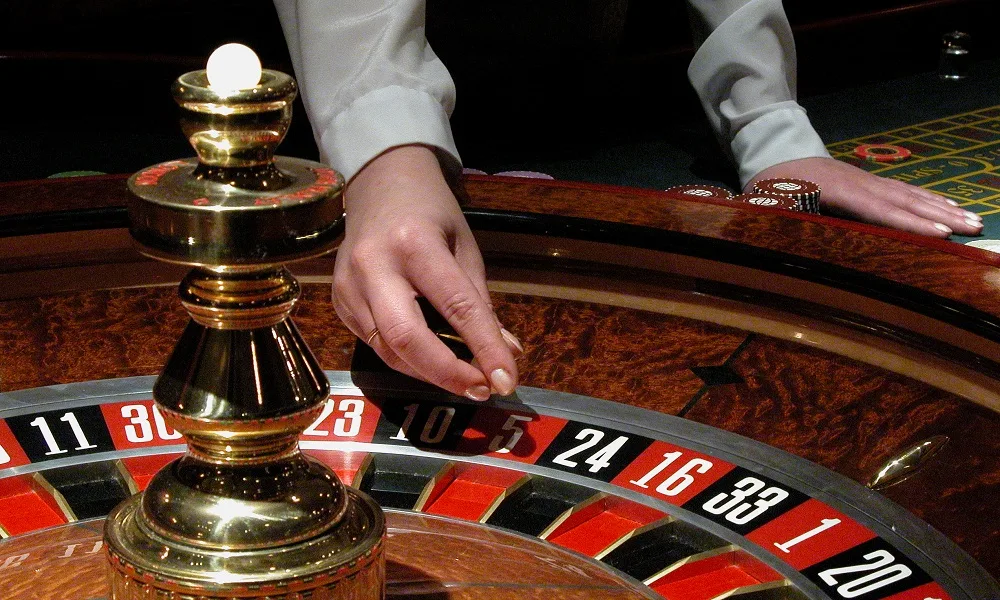
Improvements and Adaptations of Roulette
Roulette, often referred to as the “Queen of the Casino,” has undergone significant transformations since its inception, maintaining its allure and popularity across centuries. This game of chance, originating from a primitive form invented by Blaise Pascal in the 17th century as part of his quest for a perpetual motion machine, has evolved into a staple of both land-based and online casinos worldwide. The journey of roulette from its first iteration to the modern-day versions showcases the game’s adaptability and the gambling industry’s innovation.
The earliest form of roulette was introduced in Paris in the late 18th century, featuring a wheel with 36 numbers plus a zero. The game quickly gained popularity, spreading across Europe and America. Over time, the roulette wheel underwent several modifications, notably the addition of a double zero (00) by American casinos, increasing the house edge and creating the distinct versions known today as European and American roulette.
First Roulette
The first roulette wheels were significantly different from what we see today, not just in design but also in layout and mechanics. Initially, the game was intended as a form of entertainment among the French aristocracy. The wheel’s design was refined over the years, with the single zero version becoming the standard in European casinos, offering players better odds and making it the preferred choice for purists of the game.
Roulette in Online Casinos
The advent of the internet and the rise of online casinos in the 1990s brought about a new era for roulette. Digital versions of the game offered players the convenience of playing from anywhere, anytime. Online roulette games utilized random number generator (RNG) software to ensure fairness and randomness in outcomes, mirroring the unpredictability of a physical roulette wheel. This move into the digital realm has allowed for an expanded variety of roulette games, including both American and European versions, as well as innovative variations that you can check out at Druckgluck casino.

The Appearance of Live Roulette
Live roulette further bridged the gap between land-based and online casinos by streaming live dealers in real-time, offering players an immersive experience from the comfort of their homes. This innovation allowed players to observe the wheel being spun by a human dealer, adding a layer of trust and authenticity to the online roulette experience. Live roulette has become a favorite among players who enjoy the social aspect of the game, as it enables interaction with the dealer and other players.
VR Roulette in a Casino
The latest advancement in the evolution of roulette is the introduction of virtual reality (VR) technology. VR roulette offers an unprecedented level of immersion, allowing players to step into a fully realized casino environment from their VR headsets. This technology combines the convenience of online play with the tactile sensation of being in a real casino, pushing the boundaries of what’s possible in digital gambling.
Popularity of the Game
Despite the many gambling options available at Druckgluck casino, roulette remains one of the most popular and sought after games. Its enduring popularity can be attributed to the simplicity of its rules, the wide range of betting options it offers, and the sheer excitement of watching the wheel spin. The game’s adaptability to new technologies has also played a crucial role in maintaining its appeal, as evidenced by the successful transition to online and live formats, and more recently, to VR.
In conclusion, the evolution of roulette is a testament to the game’s timeless appeal and the gambling industry’s capacity for innovation. From its humble beginnings to the high-tech versions available today, roulette has consistently adapted to the changing landscapes of gaming and technology, ensuring its place in the hearts of gamblers for centuries to come.




